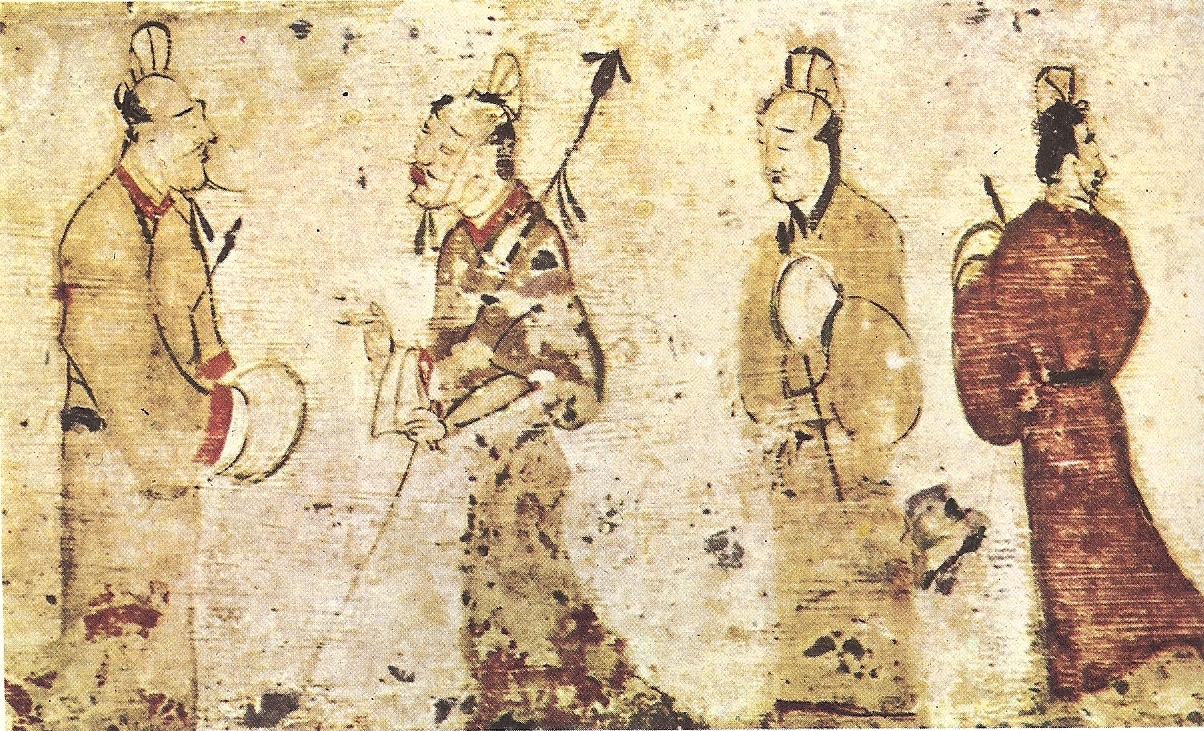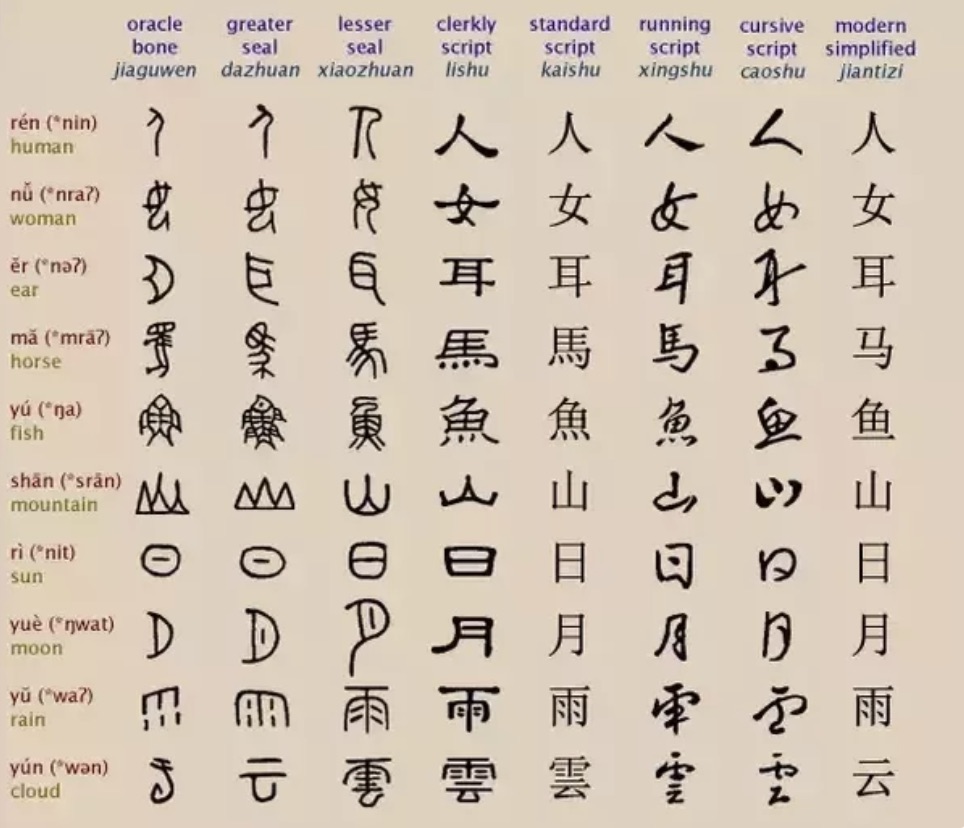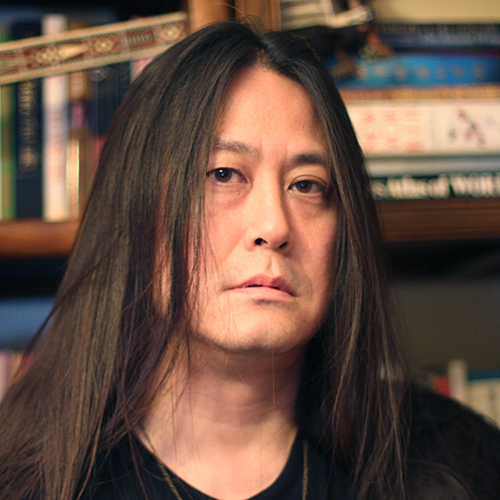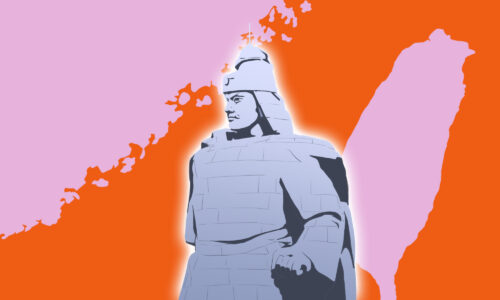Kuora: China’s claim to ‘5,000 years of history’

This week’s column comes from one of Kaiser’s answers originally posted to Quora on November 28, 2017:
China often notes it has 5,000 years of history. On what basis? Is this an internationally agreed claim and could the same be said of other places on Earth?
China’s claim to 5,000 years of history depends on your definition of what “history” is and when it starts.
In the English-speaking world, at least among historians, the consensus seems to be that “history” starts with written records. If this standard is applied, then certainly China can only claim 4,000 at a stretch; the earliest “oracle bones” — turtle plastrons and scapulae of oxen on which the Shang shamans wrote an archaic version of Chinese — date back to about 1200 BCE, so we’re only talking 3,200 years, and if you generously assume that writing took a little while to develop to the form in which it’s found on these accoutrements of scapulimancy, you can maybe go back as far as 2000 BCE.
In the casual, non-specialist way that the word “history” is used — in English as well as in Chinese — what people often mean when they cite the beginning of a civilization’s history is the date at which that civilization can be said to have begun. When Chinese say 5,000 years, they’re really reaching back into preliterate times of mostly legend, during which there may have been “civilization” — organized, stratified societies that built cities — but of which no solid archaeological evidence has yet been unearthed.
Kuora: China vs. Rome, and the question of cultural cohesiveness
There were other civilizations with histories that date back to 3000 BCE by the written history test, let alone the less formal beginning-of-history vernacular definition. What distinguishes China, though, is that it’s the only one of the ancient civilizations to have actually survived, and done so in the same geographic region where that ancient history all took place. Egypt and the civilization of Mesopotamia qualify, the Indus Valley civilization of north India and the Minoan civilization of Crete almost reach back that far, but it would be hard to make the case that they’re continuous in any real sense with modern India and Greece. Yes, there’s a nation astride the Nile that’s called Egypt, but it’s an Arab-speaking, mostly Arab state and has since the conquests of the Arabs in the mid-7th century. Mesopotamia became Arab around the same time, and though there are pockets of people who may indeed be descended directly from ancient Mesopotamian peoples (the Syriac Christians who claim descent from the ancient Assyrians, for instance), they don’t comprise a civilization the way China does.
But never mind the oft-used (and mocked) “5,000 years” figure for now. Since we were talking about language, one impressive note about the Chinese language is that, as pointed out by Quora user Samuel Daniel Zhao 赵思恩, it is contiguous from 2000 BCE to modern day:
The oracle bone was used in the Shang Dynasty, the greater and lesser seal were used during the Zhou, Spring and Autumn/ Warring States Periods, while the Clerical script was used in the Han Dynasty. The running and the cursive script are only used in calligraphy.
There’s obvious contiguity with later Chinese characters. Some of them remain almost unchanged.
Kuora is a weekly column.







